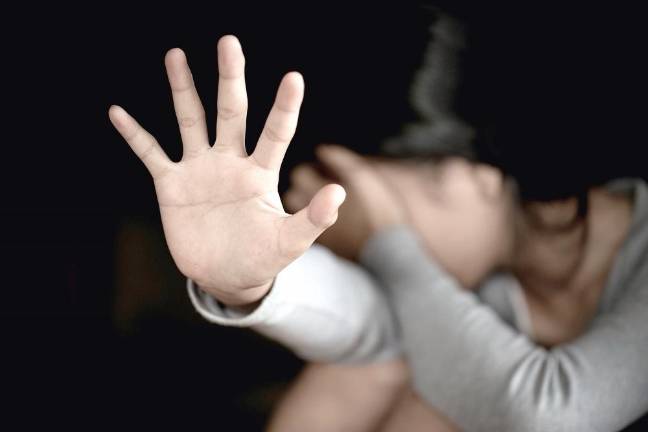Target and stop human trafficking in your community
My View. Know the warning signs and look out for trafficking in your community. Become an ally for survivors by listening to their stories and helping connect them to decision makers and stakeholders.

Human trafficking is commonly thought of as a global human rights issue that disproportionately affects international migrants and impoverished people in developing countries. But the reality is that human trafficking affects individuals, families, and communities all across the United States too, including right here in Pennsylvania.
There are two legally recognized forms of human trafficking: labor trafficking and sex trafficking. Labor trafficking occurs when a person is made to perform labor or services by force, fraud or coercion, while sex trafficking refers to a person made to perform a commercial sex act by the same means. Traffickers typically recruit their labor force from at-risk populations — undocumented immigrants, minors, people with histories of physical or sexual abuse, and those with addiction issues. These are people who have no personal or financial safety net and nowhere to turn when they are being exploited.
Until the 2000s, U.S. law enforcement agencies predominantly tried to curtail coerced labor and commercial sexual exploitation by prosecuting the persons performing the labor, through prostitution statutes and by leveraging immigration status. Recently though, anti-trafficking advocacy groups have been working with federal and state authorities to shift that focus and target the traffickers themselves, by addressing what drives the demand for forced labor and commercial sex, and by seeing the laborers themselves as victims of a crime rather than perpetrators.
In Pennsylvania, a comprehensive anti-trafficking statute known as Act 105 was passed in 2014, followed by the Safe Harbor Act to protect sexually exploited children in 2018. These laws have given prosecutors greater leeway in charging traffickers and protecting victims of trafficking. Still, the number of cases filed and the number of convictions obtained under these new statutes remains low. In order to address this problem statewide, it is imperative that we raise awareness of human trafficking as a local and national issue, as well as educate the public about its underlying causes.
How can we root out traffickers in local communities and protect those being exploited? First, we have to understand that this problem occurs everywhere, in big cities, small towns, and rural communities.
Second, we have to identify those at-risk individuals and demographic groups that traffickers are likely to target. Do you know or in the course of your work have you encountered anyone who has been the victim of physical or sexual abuse? What about someone with drug dependency issues? Have you encountered a minor who fits that description, or one who exhibits a sudden change in emotional behavior? Have you witnessed someone living in unsuitable conditions or demonstrating poor health or hygiene or perhaps someone not in control of their own finances in routine situations? These are all recognizable signs that a person is vulnerable to trafficking.
And third, we have to familiarize ourselves with the places likeliest to occur in our communities, including truck stops, the hospitality industry (strip clubs and motels), and, of course, via transactions conducted on the internet.
Once a person is being coerced into labor, how do we find them and help them? Aside from law enforcement, the first line of defense should be the medical and professional health industry. Up to 88 percent of trafficking victims interact with a health or medical professional at some point in the course of their subjugated labor. It is these professionals who comprise the public’s best chance at helping lift victims out of their exploitative circumstances. Yet they are often undertrained or under-informed in identifying trafficking victims and in knowing how to counsel them if they do seek help. All staff in the health care system, from front line personnel to doctors, should be made aware of how prevalent this issue is and given training to identify the signs of a trafficking victim.
Beyond knowing the individual warning signs and looking out for trafficking in your community, the best thing you can do to help victims of human trafficking is to become an ally for survivors. Being an ally means listening to the stories of trafficking survivors and helping connect them to decision makers and stakeholders, and it means empowering those who traditionally have had no voice in the process.
Editor's note: Lisa Davis is director and outreach associate professor of health policy and administration at the Pennsylvania Office of Rural Health. Andrew Shelden iscommunications consultants for the Pennsylvania Office of Rural Health.